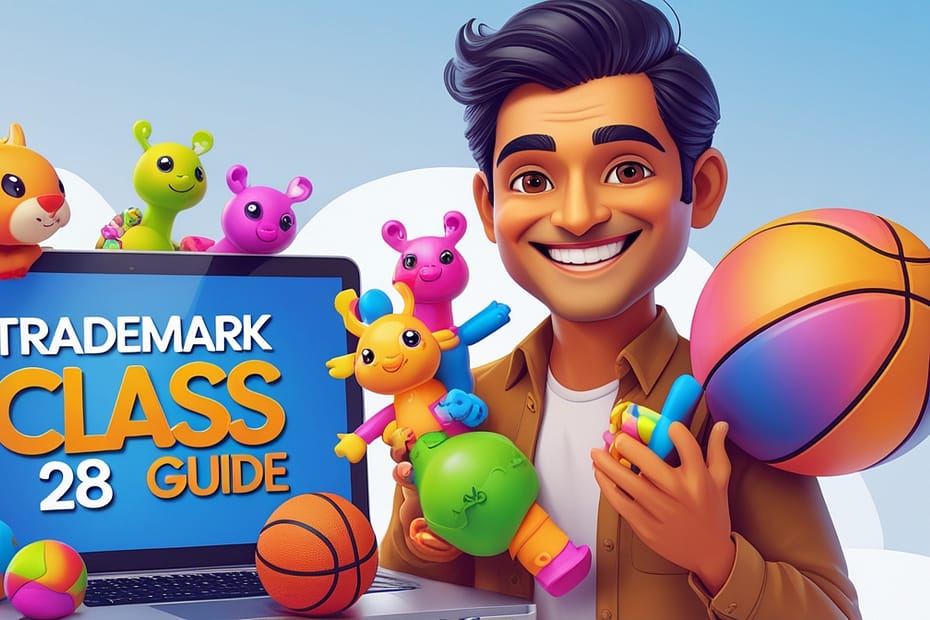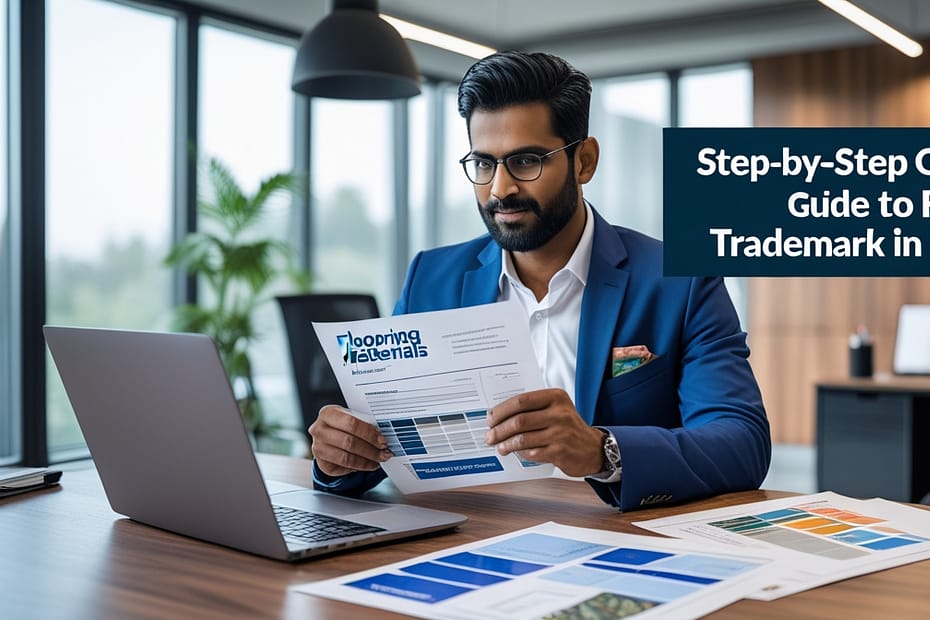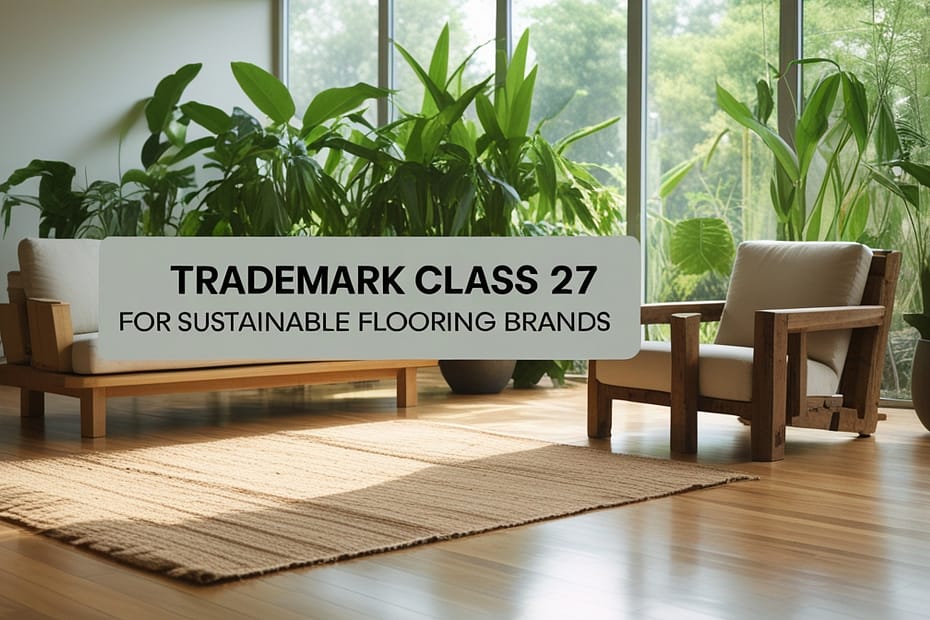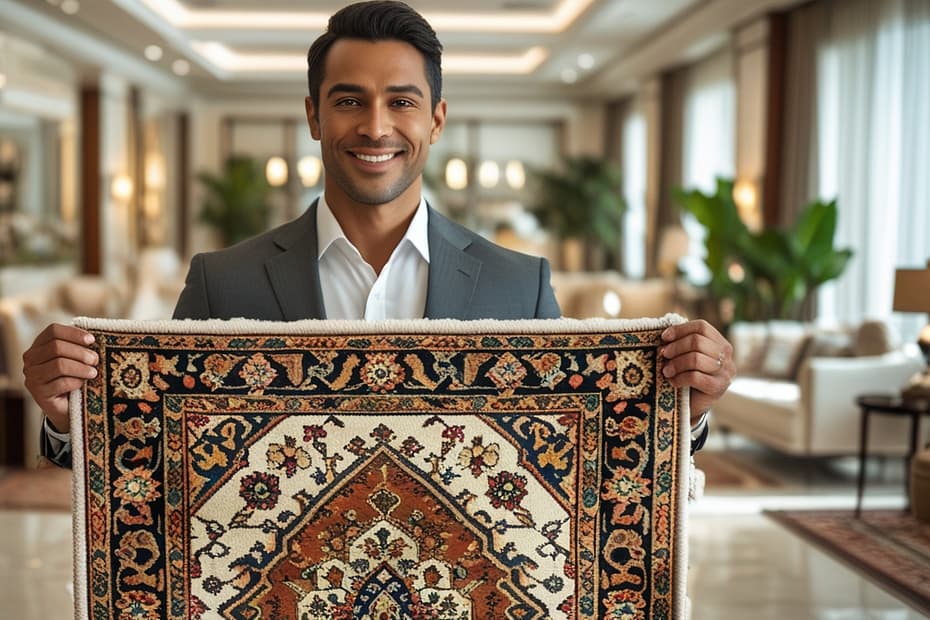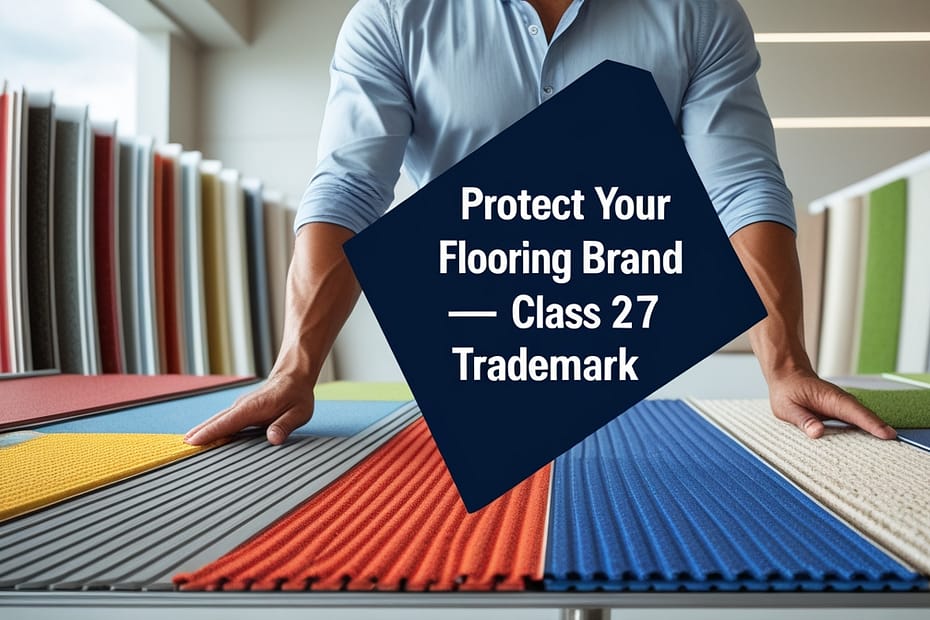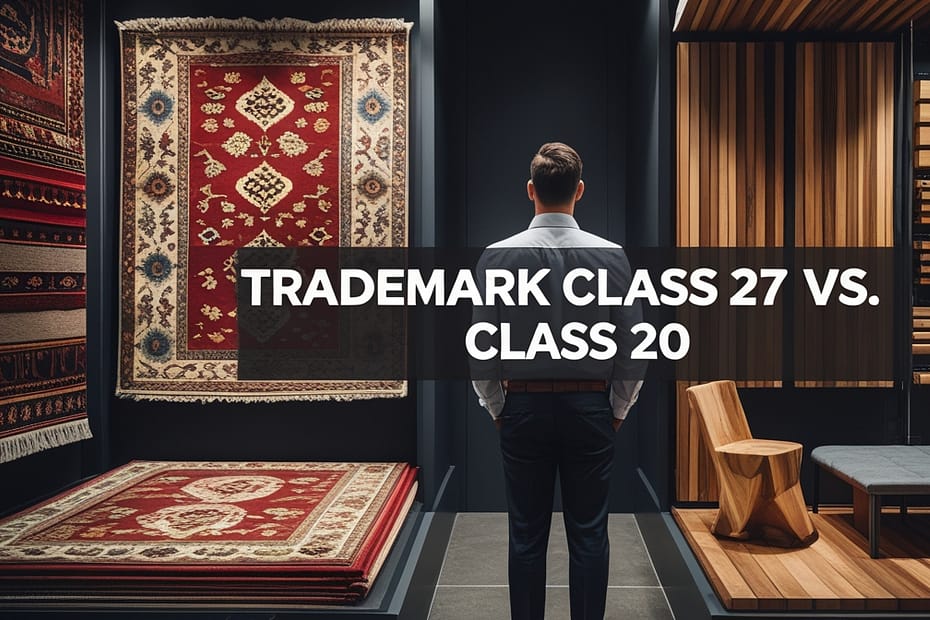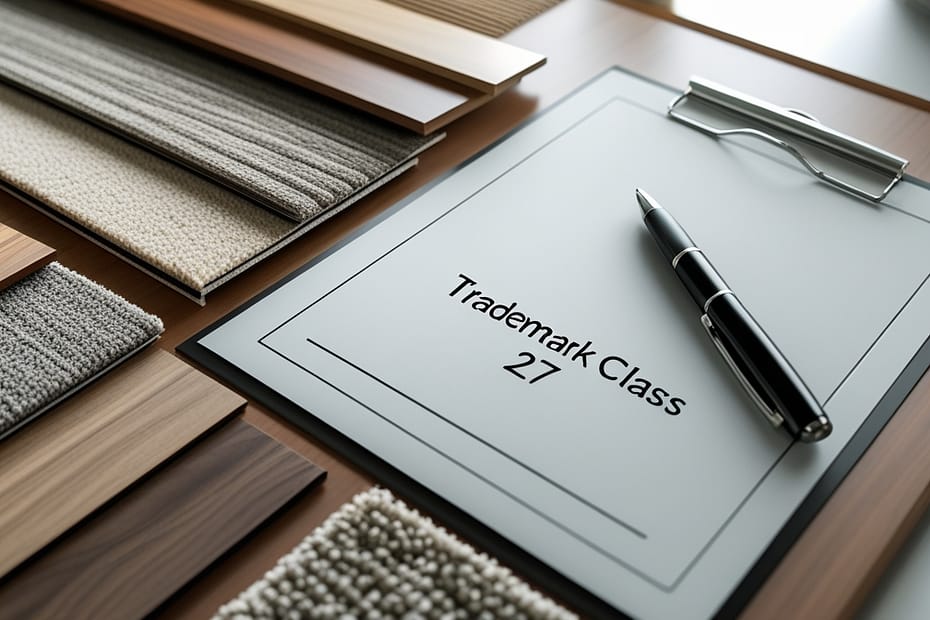What Is Trademark Class 28? Complete Guide for Toy, Game, and Sports Brands
Introduction In today’s competitive world of entertainment, fitness, and leisure, toy and sports brands are booming like never before. From children’s educational toys and video game accessories to fitness equipment and sportswear, the market is… What Is Trademark Class 28? Complete Guide for Toy, Game, and Sports Brands

